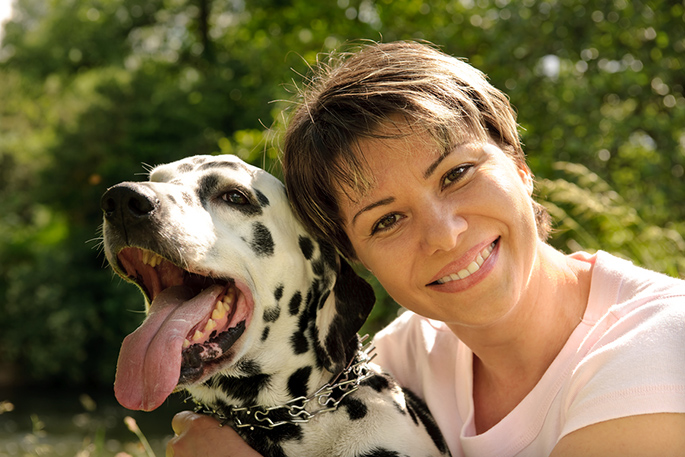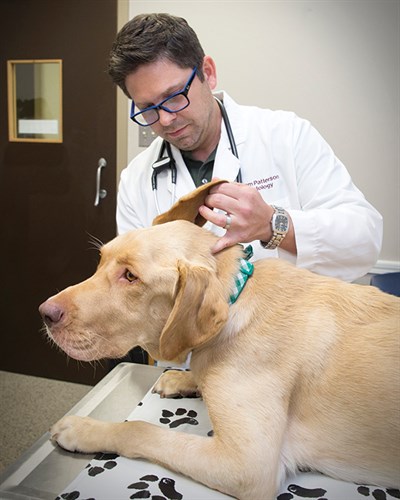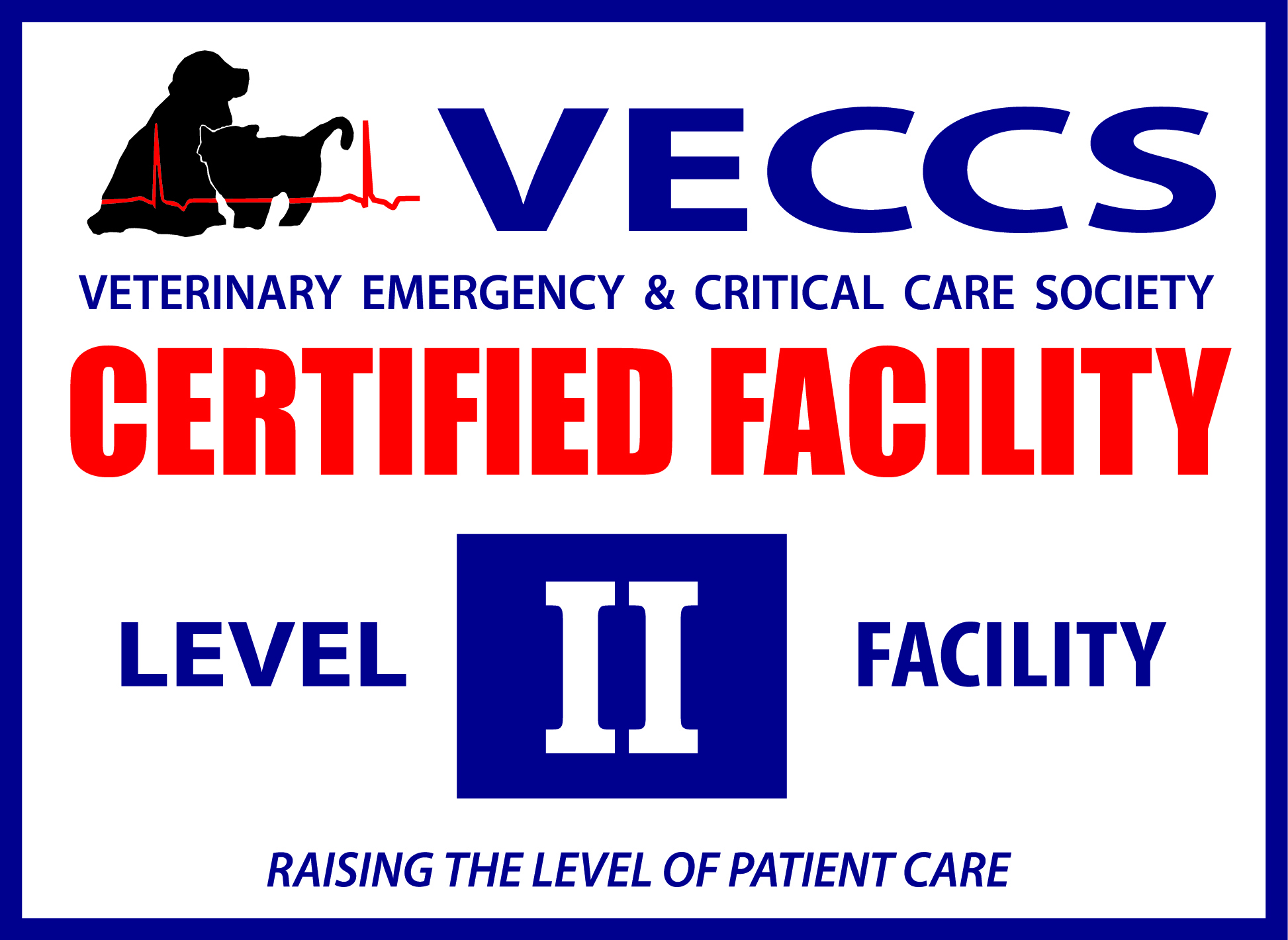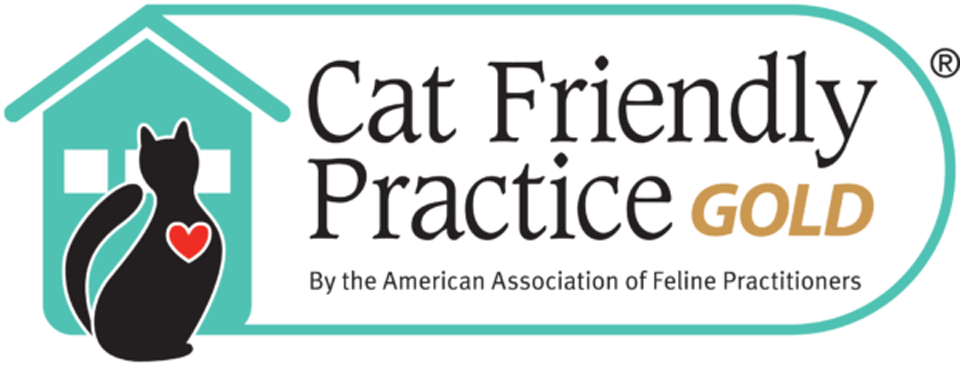
Of all the joys spring offers us, one of the most troublesome things about this time of year is the increase of insects on our furry friends. Of all these creepy pests, adult fleas cause the most problems for our pets and the owners intent on controlling them.
In order to become adults, fleas need warm weather, between 70 and 80 degrees, and around 70 to 80 percent relative humidity.
“Those ideal conditions are usually what we are experience during this time of the year, which is why we generally see more fleas coming out in the spring,” said Dr. Alison Diesel, lecturer in dermatology at the Texas A&M College of Veterinary Medicine & Biomedical Sciences (CVM).
Unlike many geographical areas where seasonal differences occur, fleas can be present year-round in Texas because of our warmer winters.
While many people think fleas are relatively harmless except for making our pets itch, fleas can cause numerous other health problems in our pets.
For example, some animals may react to an allergen found in fleas’ saliva, causing the animal to have an allergic reaction. This causes the animal to itch and ultimately scratch, which can lead to a secondary skin infection.
If there is a massive amount of fleas, anemia could even become a potential problem, especially with small animals that do not have large amounts of blood. Fleas also carry diseases like tapeworms and Bartonella (which causes “cat scratch disease”) that can infect both pets and humans.
While there is no way to completely prevent fleas from reaching our pets, a key factor to controlling fleas is breaking their life cycle either by killing the adults and/or at least one of the juvenile stages.
“The flea life cycle has four phases: the adult fleas lay eggs, the eggs hatch into larvae, the larvae turns into pupae, which, eventually, turn into adults,” said Diesel. “Targeting several phases of the flea lifecycle is best, particularly when dealing with an infestation. The easiest stage to target is the adult flea since they live on the pet. The other stages, such as eggs, larvae, and pupae, are present in the environment.”
With regards to specific therapy for fleas and secondary problems, your pet’s veterinarian is a valuable resource for the best options and possible medications.
“Your pet’s veterinarian can help recommend the most appropriate product to help prevent fleas based on other factors (other skin conditions, food allergies, etc.) as well as discuss the appropriate way to administer the product,” said Diesel. “I suggest using a flea prevention that lasts the entire month and is still effective if the pet gets wet.”
Using flea control products once every 30 days provides the best protection for your pet from flea bites and can even prevent a flea infestation from being established in your pet’s environment. It is important to minimize an animal’s exposure to fleas by avoiding infested areas and pets.
“There are some things which can be done to minimize exposure to fleas: avoid known infested areas, do not allow your pet to come into contact with wild animals or burrows, and protect areas of the house where wild animals may enter to minimize wild animals from establishing residency in the first place,” said Diesel. “If fleas become a problem inside the house, try vacuuming once a week.”
If the flea presence grows larger, there are various in-house treatments and exterminators to aid in flea removal.
“Focus on places where the pets spends most of their time inside the house because that will contain the most concentrated area of fleas,” said Diesel. “Also, don’t forget under beds and furniture, behind curtains, and along hallways connecting rooms when treating the house for fleas. It may be best to contact a professional exterminator when there is a large flea burden present.”
In addition to treating animals and the inside of the home, it may also be essential to treat the outside environment around your home. This can be done by treating areas of the surrounding property that have an unusually high populace of fleas.
“This includes shaded areas, under trees and bushes, in dog houses, under porches and decks. As with indoor control, when the burden is high, a professional exterminator may be the most help,” said Diesel.
The best approach to controlling fleas is to practice prevention continuously throughout the year by treating all pets with proper medication as well as treating the inside and outside of the home if there is a suspected infestation.
“It is much easier to prevent fleas than to treat fleas,” said Diesel.
Pet Talk is a service of the College of Veterinary Medicine & Biomedical Sciences, Texas A&M University. Stories can be viewed on the Web at vetmed.tamu.edu/news/pet-talk. Suggestions for future topics may be directed to editor@cvm.tamu.edu.









